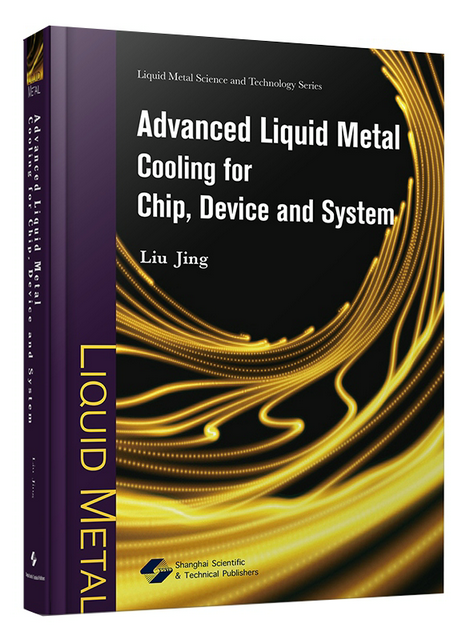
Chapter 1Introduction1
1.1Increasing Challenges in Advanced Cooling2
1.2Water Cooling and New Alternatives4
1.3Basic Features of Conventional Heat Exchangers6
1.3.1Heat Exchanger Classification by Geometry and
Structure7
1.3.2Heat Exchange Enhancement Techniques12
1.4Limitations of Waterbased Heat Exchanger13
1.4.1Overall Properties of Water13
1.4.2Adhesion and Cohesion14
1.4.3Surface Tension14
1.4.4Specific Heat14
1.4.5Conductivity15
1.5Liquid Metal Coolant for Chip Cooling15
1.6Some Facts about Liquid Metal17
1.7Revisit of Traditional Liquid Metal Cooling19
1.8Liquid Metal Enabled Innovation on Conventional
Heat Exchanger22
1.9Potential Application Areas of Liquid Metal Thermal
Management 23
1.9.1Chip Cooling23
1.9.2Heat Recovery25
1.9.3Energy System27
1.9.4Heat Transfer Process Engineering28
1.9.5Aerospace Exploration28
1.9.6Appliances in Large Power Systems29
1.9.7Thermal Interface Material29
1.9.8More New Conceptual Applications31
1.10Technical and Scientific Challenges in Liquid Metal
Heat Transfer 32
1.11Conclusion35
References36
Chapter 2Typical Liquid Metal Medium and Properties for Advanced
Cooling44
2.1Typical Properties of Liquid Metals45
2.1.1Low Melting Point45
2.1.2Thermal Conductivity45
2.1.3Surface Tension48
2.1.4Heat Capacity49
2.1.5Boiling Temperature50
2.1.6Subcooling Point50
2.1.7Viscosity51
2.1.8Electrical Properties52
2.1.9Magnetic Properties52
2.1.10Chemical Properties52
2.2Alloy Candidates with Low Melting Point53
2.2.1Overview53
2.2.2GaIn Alloy53
2.2.3NaK Alloy55
2.2.4Woods Metal55
2.3Nano Liquid Metal as More Conductive Coolant or Grease55
2.3.1Technical Concept of Nano Liquid Metal55
2.3.2Performance of Typical Nano Liquid Metals56
2.4Liquid Metal Genome towards New Material Discovery61
2.4.1About Liquid Metal Material Genome61
2.4.2Urgent Needs on New Liquid Metals62
2.4.3Category of Room Temperature Liquid Metal Genome62
2.5Fundamental Routes toward Finding New Liquid Metal Materials64
2.5.1Alloying Strategy from Single Metal Element64
2.5.2Making Composite from Binary Liquid Alloys65
2.5.3Realizing Composite from Multicomponent Liquid Alloys66
2.5.4Nano Technological Strategies66
2.5.5Additional Physical Approaches66